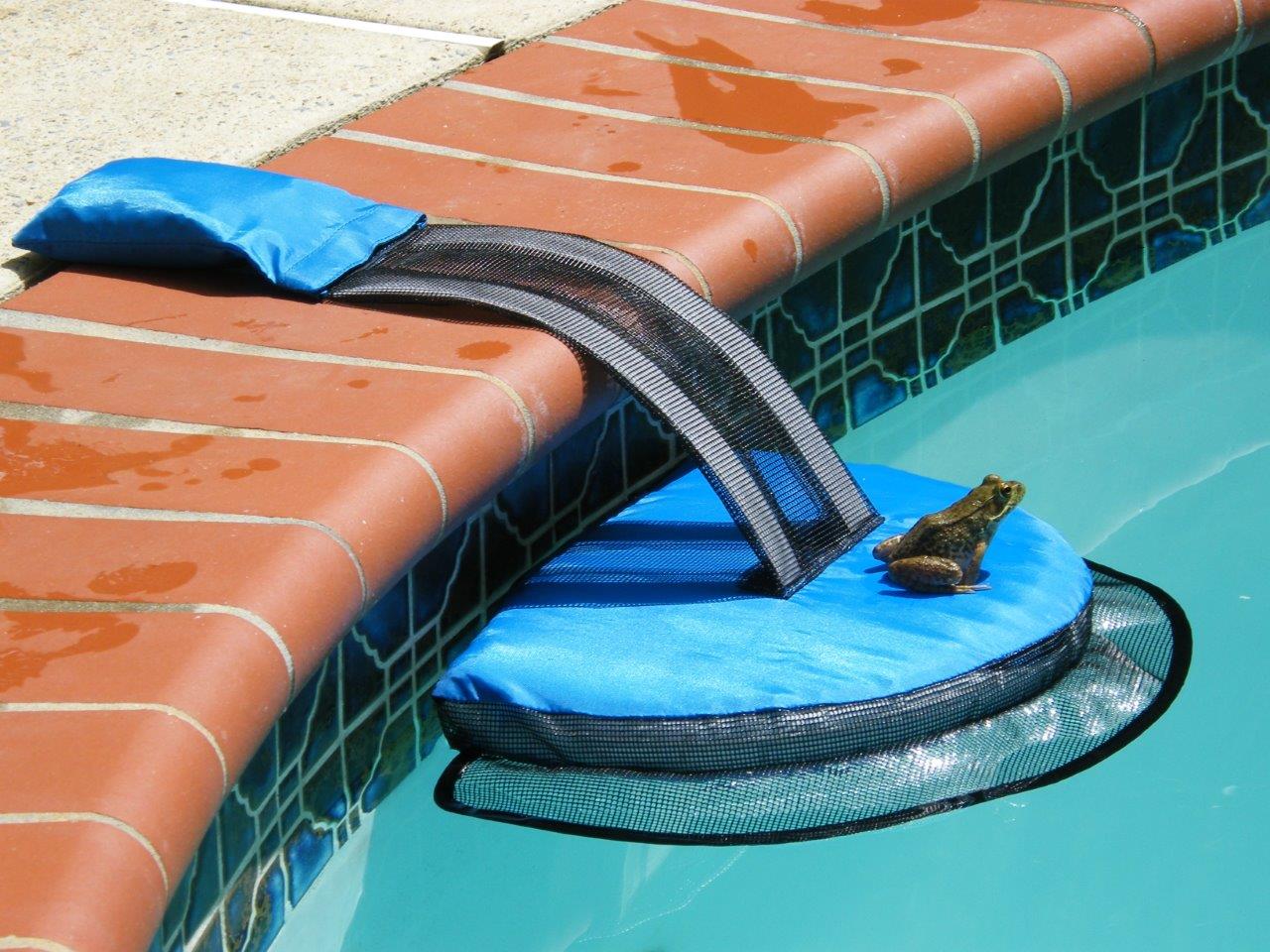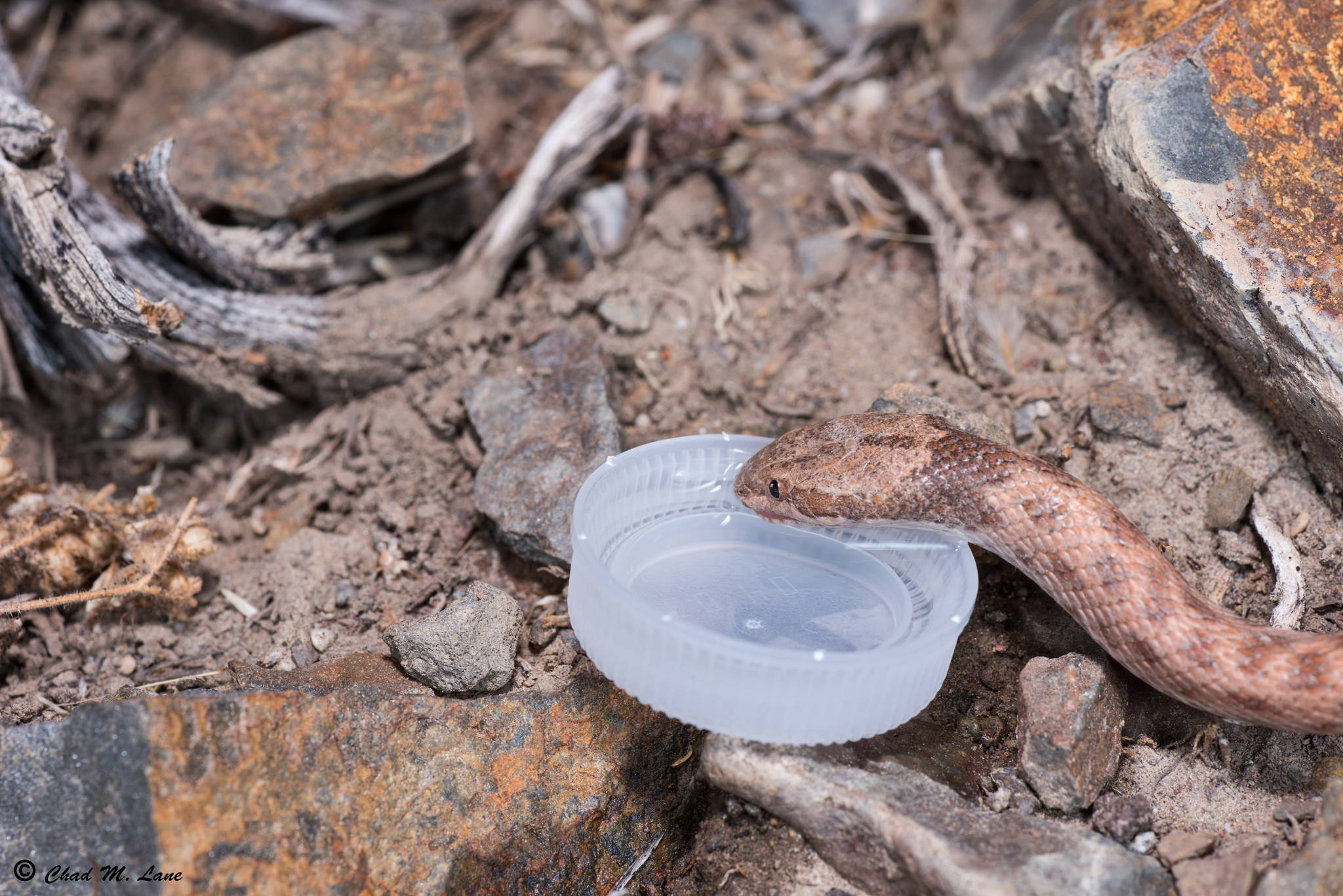It’s time to make herp-friendly yards the norm. Just as you see bird feeders in many backyards, you can also do your part to help the herps in your community.
There are many ways of doing this, such as:
Installing a garden pond for amphibians and watersnakes.
Leaving sections of your yard to grow naturally to provide cover for herps.
Letting a spigot or hose drip during dry spells so thirsty critters can have a drink.
Leaving natural or artificial debris in various locations to provide shelter for toads and other creatures during the daytime.
Follow the instructions in our post about creating treefrog tubes.
Stop applying harmful pesticides and chemicals to your yard—healthy insects are an essential part of the food web!
Supervise domestic animals when they are outside; wildlife rehabilitators take in animals attacked by pets all the time.
Work to humanely eliminate feral cat populations—cats are a significant threat to urban wildlife.
Consider making adaptations to your property that increase animal safety, like the device shown above, which allows animals to exit swimming pools.
Animals rarely miss opportunities that we create for them, such as toads hanging out under artificial lights. Unfortunately, they are often also affected by the pitfalls we put before them, such as getting tangled in plastic. Let us be continually mindful of the effects—good and bad—of what we do and leave outdoors. Of course, making our yards eco-friendly is no substitute for preserving wild habitats.


